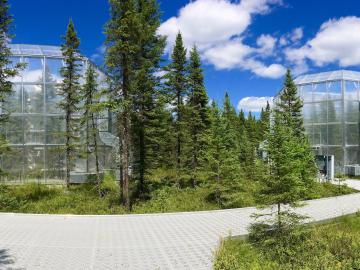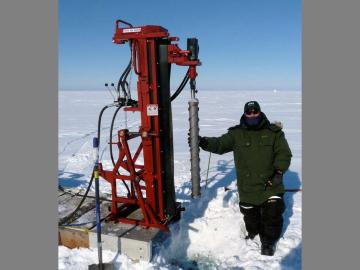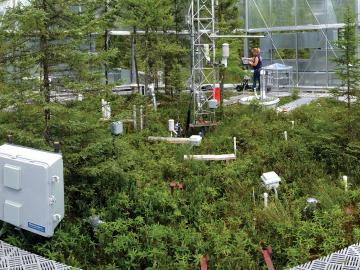
A futuristic experiment simulating warmer environmental conditions has shown that peatland vegetation responds to higher temperatures with an earlier and longer growth period.

A futuristic experiment simulating warmer environmental conditions has shown that peatland vegetation responds to higher temperatures with an earlier and longer growth period.

Colleen Iversen, a senior staff scientist in the Environmental Sciences Division at the Department of Energy’s Oak Ridge National Laboratory, has been selected for the New Voices in Sciences, Engineering, and Medicine project launched by the National Ac

Digging into the Arctic tundra, scientists at Oak Ridge National Laboratory have uncovered new insights into how quickly microorganisms break down organic matter in warming Arctic soil—a process that releases stored carbon as carbon dioxide and methane.
For the past six years, some 140 scientists from five institutions have traveled to the Arctic Circle and beyond to gather field data as part of the Department of Energy-sponsored NGEE Arctic project.

Two years into a decade-long field experiment, ORNL scientists and their collaborators have found that ancient carbon buried deep inside northern peat- lands is resistant to release even as the soil warms.

